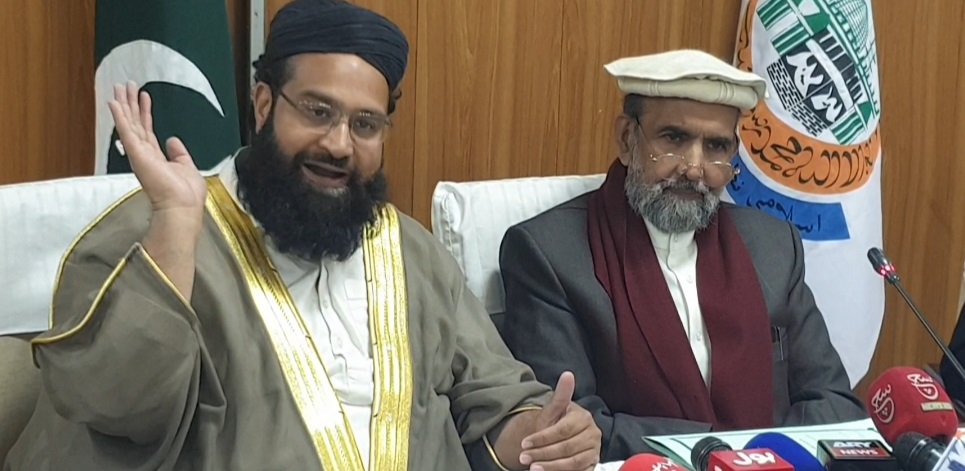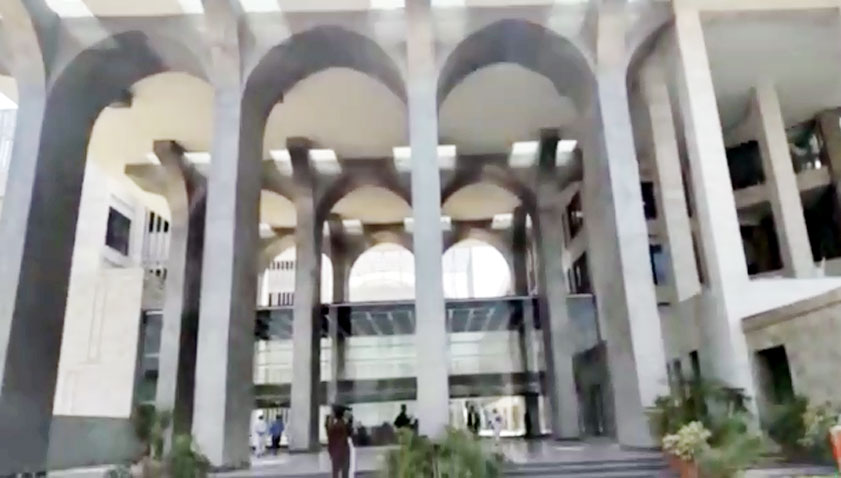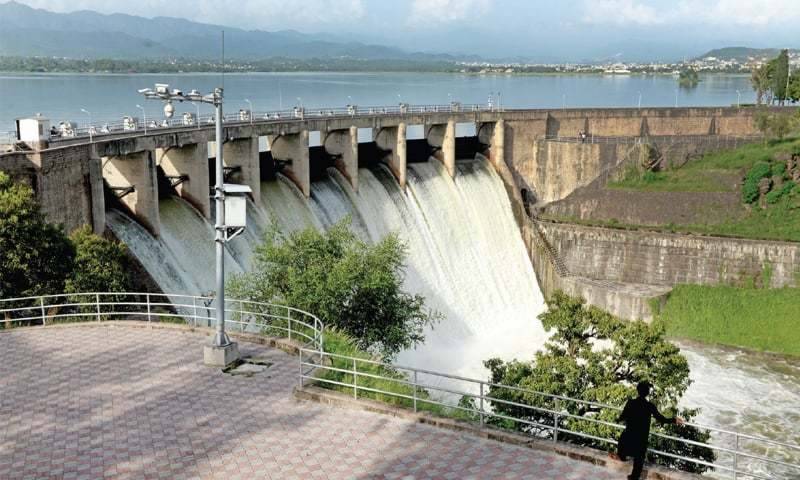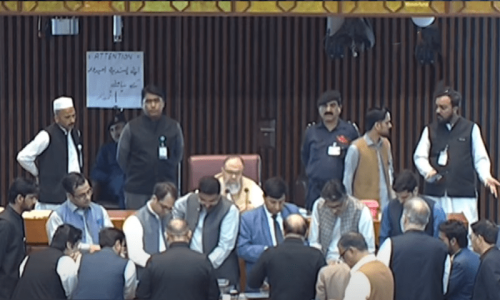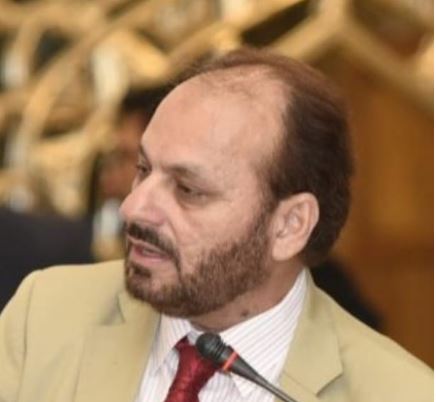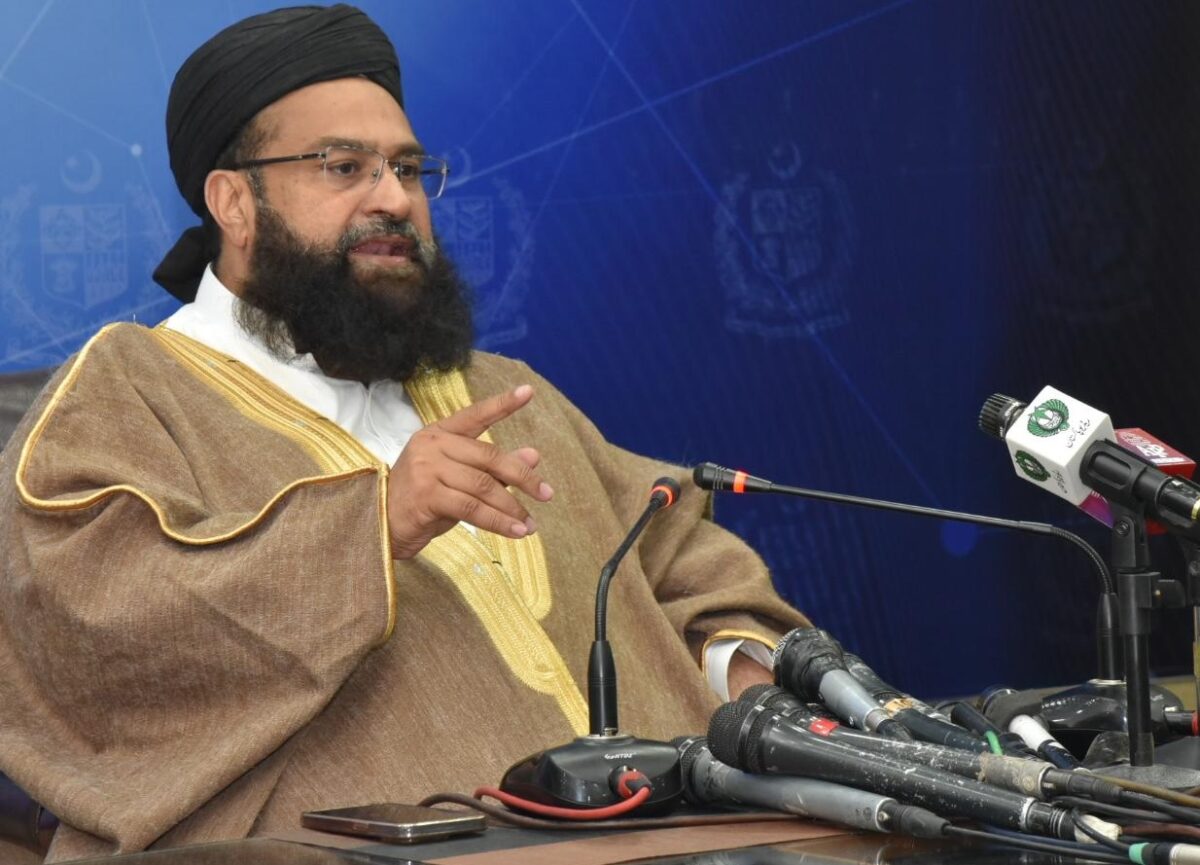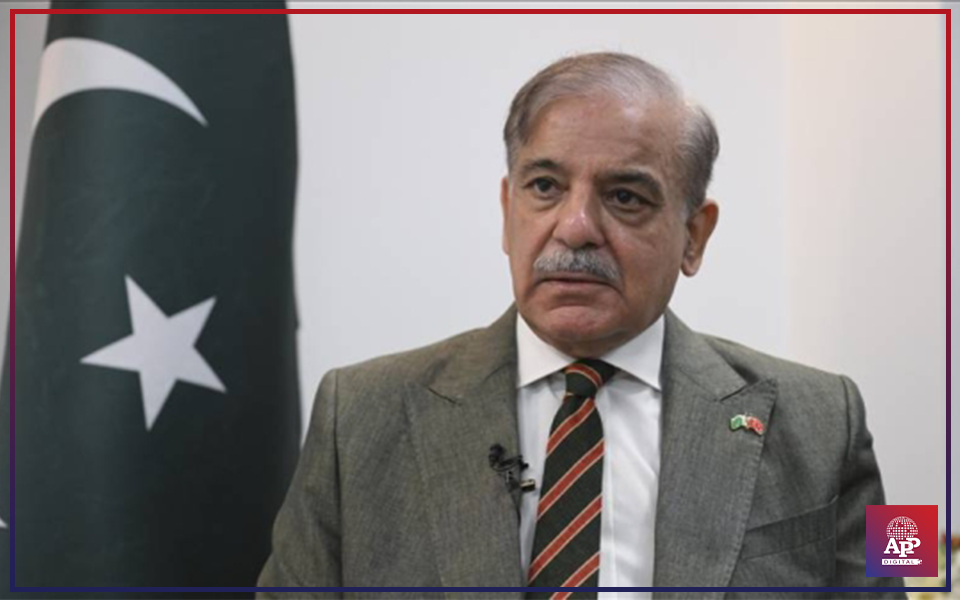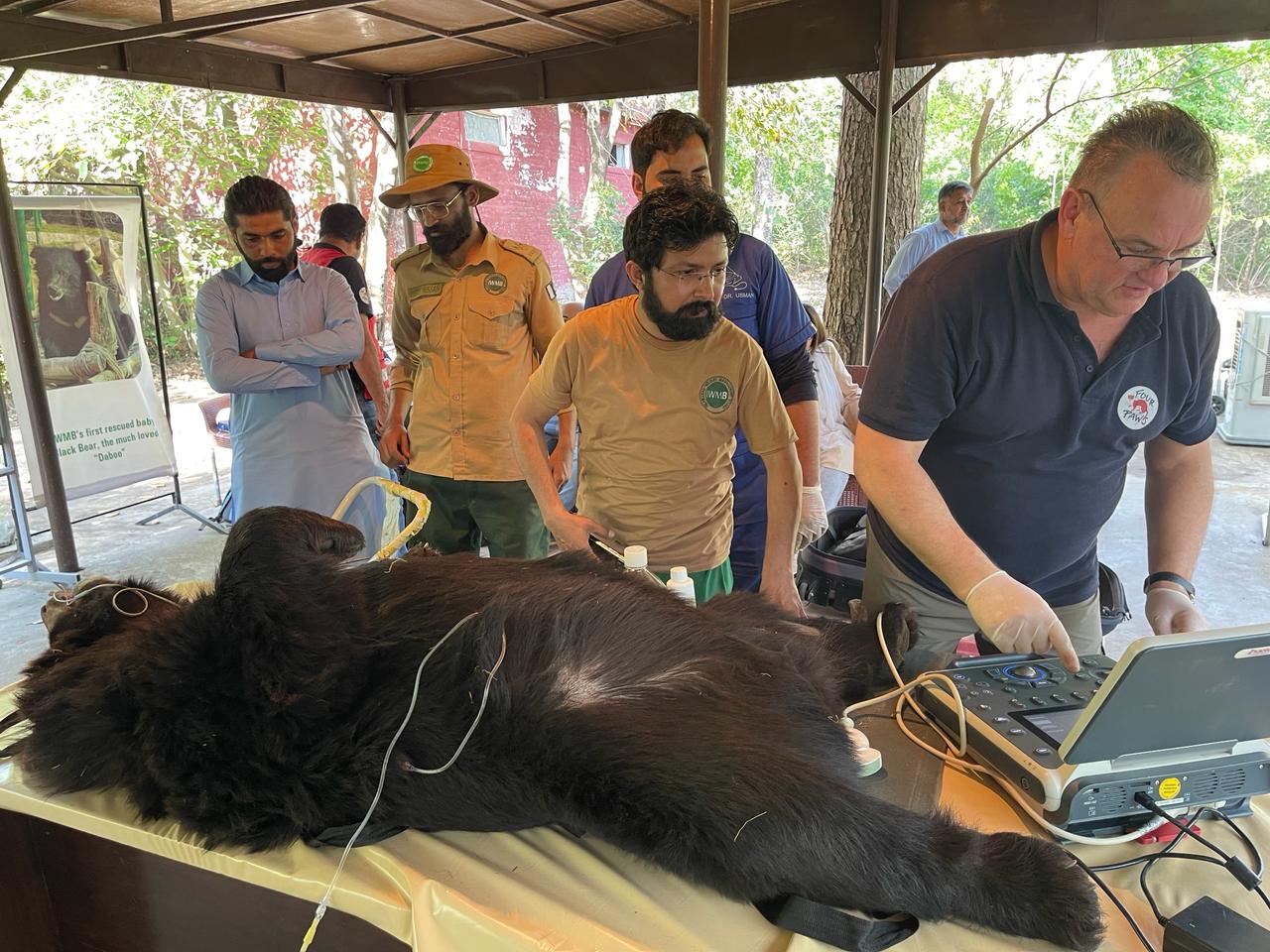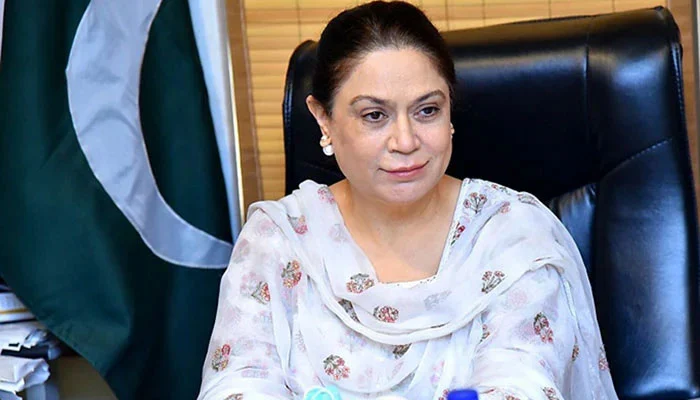By Andleeb Khan
ISLAMABAD, Nov 17 (APP)::London’s iconic smog once synonymous with the city, was a temporary nuisance. But today, across South Asia, a far more dangerous form of pollution looms, as thick, choking smog settles over cities like Delhi and Lahore, leaving millions gasping for air. Unlike the fog that Londoners once fought to clear, this smog is a permanent threat, one that has become a serious health emergency for millions in India and Pakistan.
The Great Smog of London in 1952 caused over 12,000 deaths from coal burning. Swift government action, including the Clean Air Act of 1956, helped resolve the issue. In contrast, the smog crisis in South Asia is persistent, driven by crop burning, industrial emissions, and vehicles. Climate change exacerbates the problem, limiting natural pollution-clearing mechanisms.
Pakistan, particularly Punjab, has been grappling with a severe smog crisis in recent years, affecting cities like Lahore, Faisalabad, and Bahawalnagar. Every winter, especially in November and December, these areas are engulfed in toxic haze, leading to health issues and disrupting daily life. The crisis is fueled by factors like crop burning in neighboring Indian states, local industrial emissions, vehicular pollution, and the use of low-quality fuel. This results in dangerous levels of pollutants like sulfur dioxide, carbon monoxide, and nitrogen oxides. In Lahore, during peak smog season, the air quality index (AQI) can reach hazardous levels, equivalent to smoking dozens of cigarettes daily.
Muhammad Saleem Shaikh, Media Spokesperson for the Ministry of Climate Change & Environmental Coordination in response to APP queries, said that tackling smog and improving air quality in Pakistan requires a comprehensive, multi-sectoral approach targeting the root causes of pollution. Key measures include strengthening regulations, transitioning to clean energy, sustainable urban planning, controlling agricultural stubble burning, promoting electric vehicles, adopting clean industrial practices, and raising public awareness about the health and environmental impacts of smog.
He emphasized that these actions can only succeed with strong governance and public participation, which are crucial for improving air quality and reducing the burden of smog.
Shaikh noted that climate change intensifies smog in Punjab by altering weather patterns, which trap pollutants and create severe environmental, health, and economic challenges. Rising temperatures, unpredictable rainfall, and changing agricultural practices have intensified conditions that contribute to smog, highlighting the need for long-term adaptations.
Punjab, one of Pakistan’s most industrialized provinces, is facing longer and more severe smog episodes. Warmer temperatures and atmospheric stability trap pollutants near the ground, while reduced rainfall prevents the atmosphere from clearing, allowing pollutants to accumulate. Shorter harvest cycles have also increased crop residue burning, a major contributor to smog.
To address this, Shaikh recommended replacing crop burning with sustainable practices like composting and bioenergy production. He also called for investments in renewable energy sources, such as solar and wind, to reduce emissions from industry and the energy sector. Promoting electric vehicles (EVs) and expanding EV infrastructure, along with modernizing mass public transportation systems, could reduce vehicle emissions and traffic congestion.
By addressing the root causes of smog and building climate resilience, Punjab can reduce the intensity and persistence of smog, while mitigating its long-term impacts on public health, agriculture, and the economy, Salim concluded.
Dr. Fareed from Al Fatima Clinic, noting a rise in respiratory patients, said smog irritates the respiratory system, causing coughing, eye discomfort, and long-term risks like asthma and cancer from chemicals like benzene and formaldehyde.
Environmentalist Maryam Shabbir Abbasi, a research scholar on Sustainable Development, talking to APP stressed the need for renewable energy sources like solar and wind, better waste management, and locally made air quality monitors. She also suggested learning from China’s success in tackling smog through tech innovation and green infrastructure.
For effectively combat the smog crisis in Pakistan, Muhammad Saleem Shaikh the ministery’s spokesperson emphasizes the need for a holistic and multi-faceted approach. This includes enforcing stricter environmental regulations, promoting the adoption of clean energy solutions, and transitioning towards sustainable agricultural practices, such as reducing crop residue burning.
Additionally, investing in renewable energy sources like solar and wind, expanding electric vehicle infrastructure, and modernizing public transportation systems are crucial steps to reduce industrial and vehicular emissions. Public awareness campaigns, alongside stronger governance and regional cooperation, will be essential in addressing the root causes of pollution. With these measures, Pakistan can not only reduce the severity and frequency of smog but also create a healthier, more sustainable future for its citizens.
